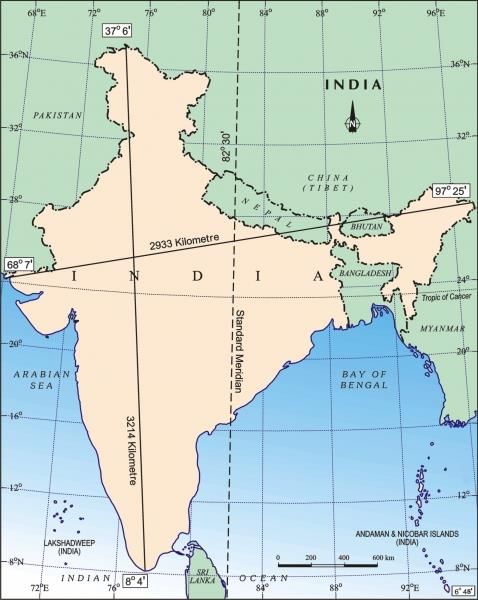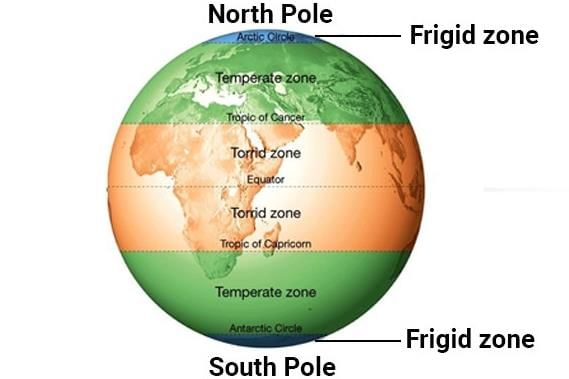UPSC Exam > UPSC Tests > Test: Globe Latitudes And Longitudes - UPSC MCQ
Test: Globe Latitudes And Longitudes - UPSC MCQ
Test Description
10 Questions MCQ Test - Test: Globe Latitudes And Longitudes
Test: Globe Latitudes And Longitudes for UPSC 2025 is part of UPSC preparation. The Test: Globe Latitudes And Longitudes questions and answers have been prepared
according to the UPSC exam syllabus.The Test: Globe Latitudes And Longitudes MCQs are made for UPSC 2025 Exam.
Find important definitions, questions, notes, meanings, examples, exercises, MCQs and online tests for Test: Globe Latitudes And Longitudes below.
Solutions of Test: Globe Latitudes And Longitudes questions in English are available as part of our course for UPSC & Test: Globe Latitudes And Longitudes solutions in
Hindi for UPSC course.
Download more important topics, notes, lectures and mock test series for UPSC Exam by signing up for free. Attempt Test: Globe Latitudes And Longitudes | 10 questions in 15 minutes | Mock test for UPSC preparation | Free important questions MCQ to study for UPSC Exam | Download free PDF with solutions
Detailed Solution for Test: Globe Latitudes And Longitudes - Question 1
Test: Globe Latitudes And Longitudes - Question 2
What is the imaginary line on the globe that divides it into two equal parts?
Detailed Solution for Test: Globe Latitudes And Longitudes - Question 2
Detailed Solution for Test: Globe Latitudes And Longitudes - Question 3
Test: Globe Latitudes And Longitudes - Question 4
State whether the following statement is True or False:
The area between the Tropic of Cancer and the Tropic of Capricorn receives the maximum heat and is called the Frigid Zone.
Detailed Solution for Test: Globe Latitudes And Longitudes - Question 4
Detailed Solution for Test: Globe Latitudes And Longitudes - Question 5
Test: Globe Latitudes And Longitudes - Question 6
Which zones are bounded by the Arctic Circle and the Tropic of Cancer in the Northern Hemisphere?
Detailed Solution for Test: Globe Latitudes And Longitudes - Question 6
Test: Globe Latitudes And Longitudes - Question 7
What is the latitude of the Antarctic Circle?
Detailed Solution for Test: Globe Latitudes And Longitudes - Question 7
Detailed Solution for Test: Globe Latitudes And Longitudes - Question 8
Detailed Solution for Test: Globe Latitudes And Longitudes - Question 9
Test: Globe Latitudes And Longitudes - Question 10
What is the latitude value of the Tropic of Capricorn?
Detailed Solution for Test: Globe Latitudes And Longitudes - Question 10
Information about Test: Globe Latitudes And Longitudes Page
In this test you can find the Exam questions for Test: Globe Latitudes And Longitudes solved & explained in the simplest way possible.
Besides giving Questions and answers for Test: Globe Latitudes And Longitudes, EduRev gives you an ample number of Online tests for practice
Download as PDF





















